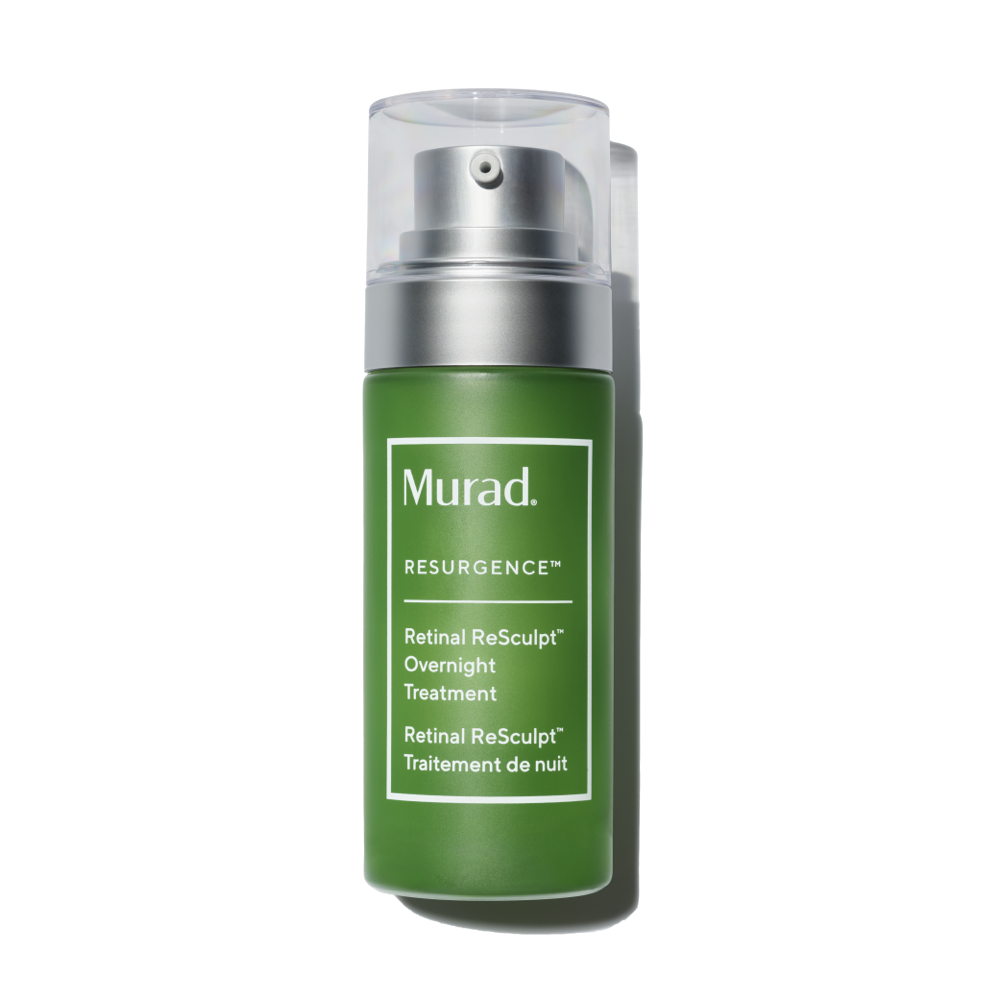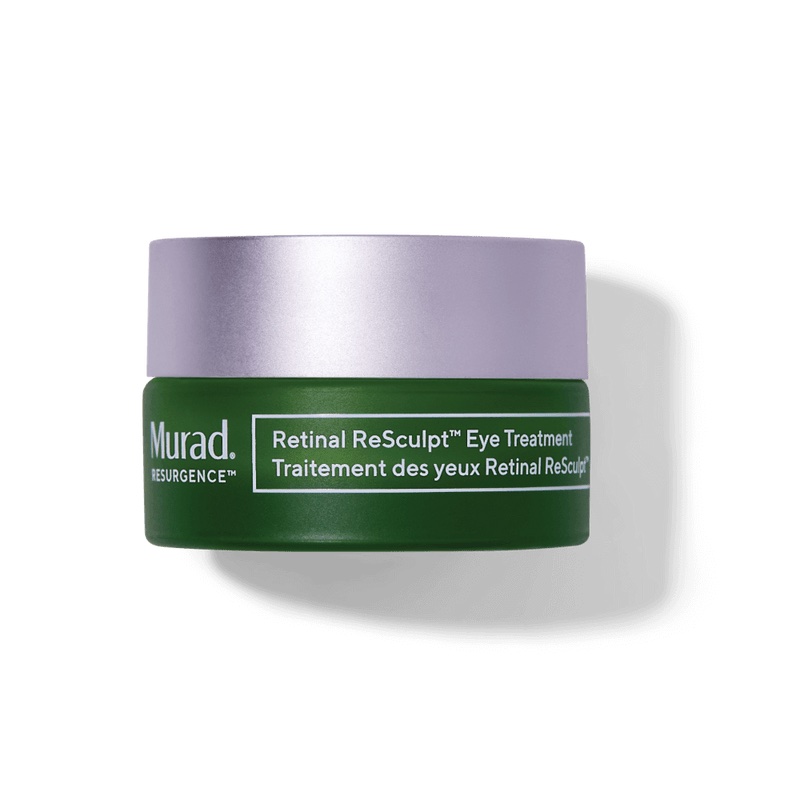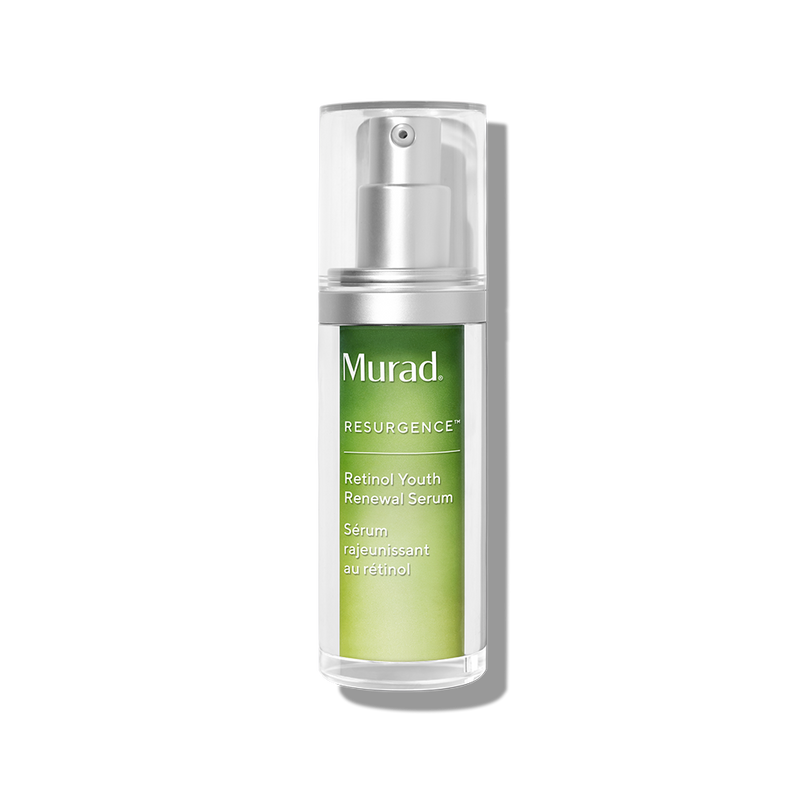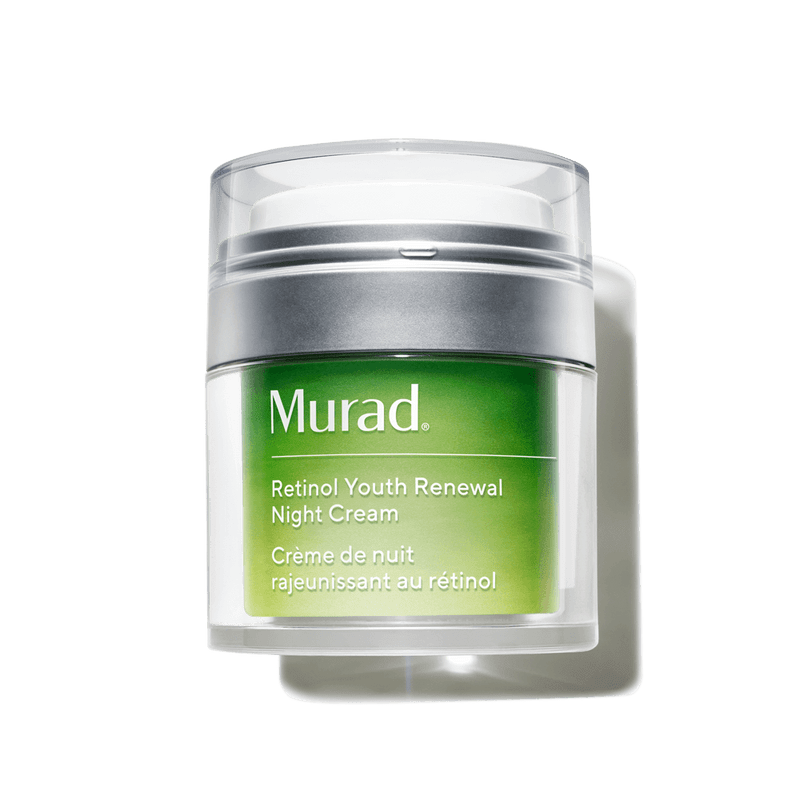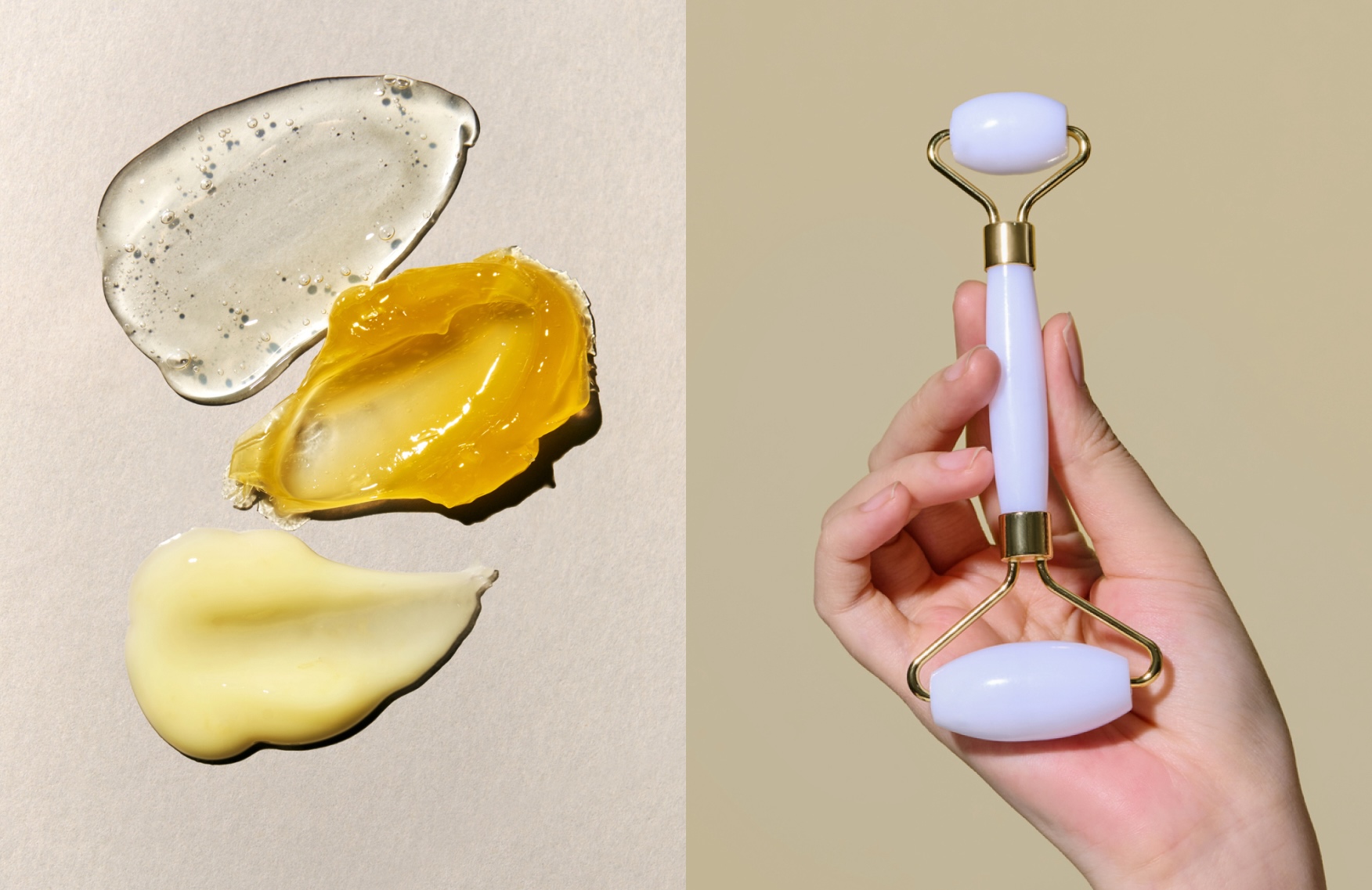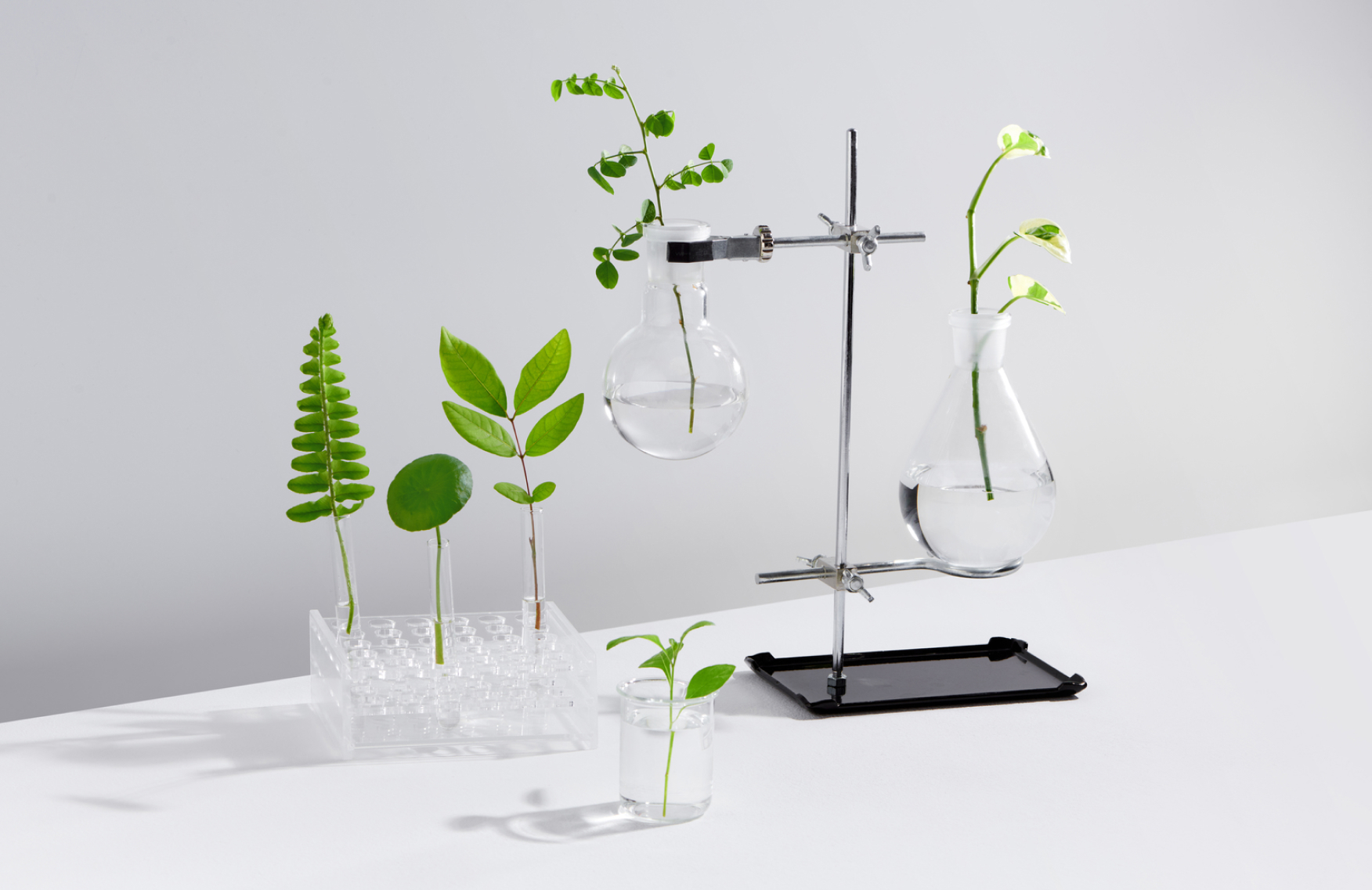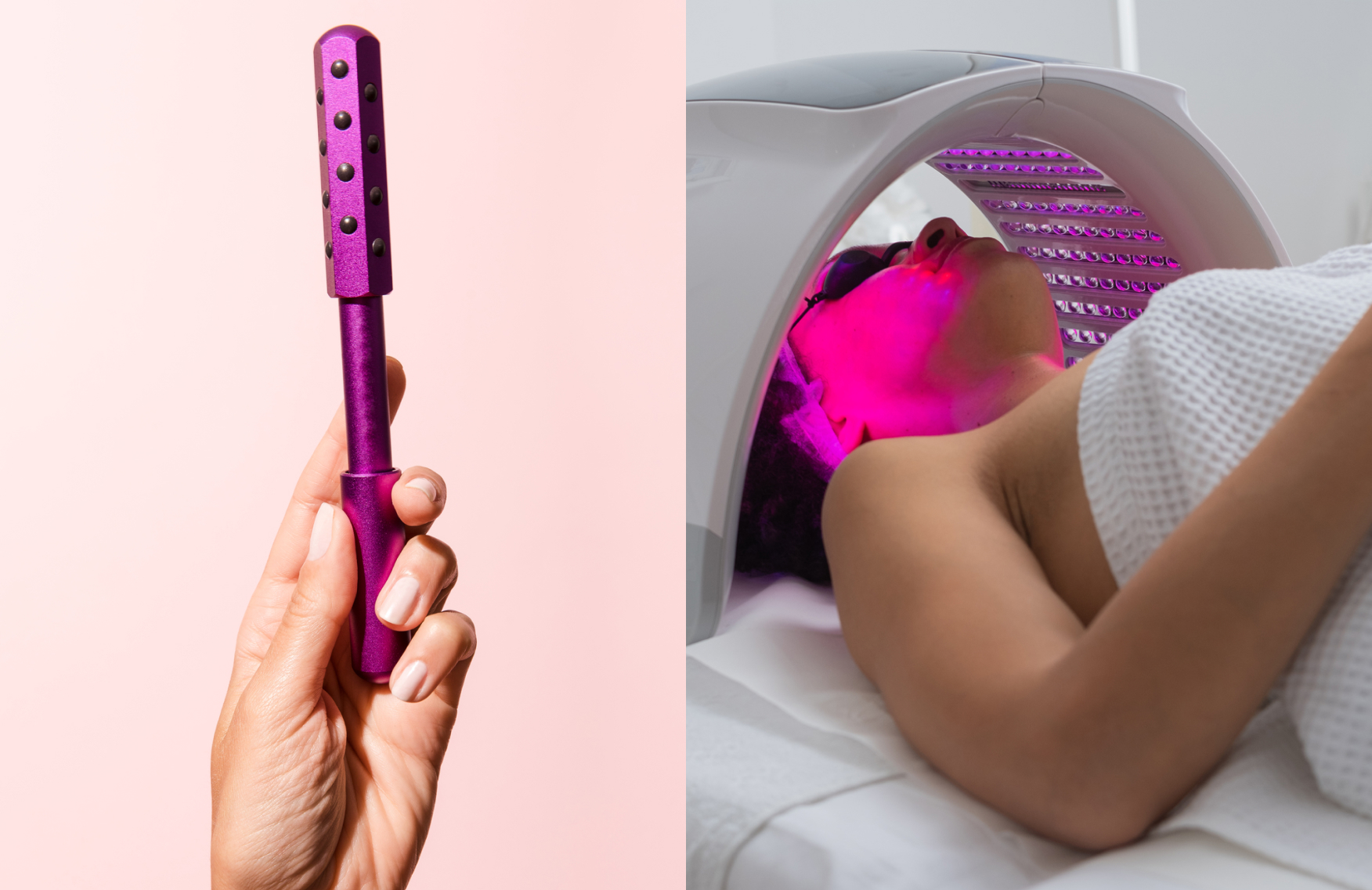Retinal vs retinol, tretinoin or adapalene? How to choose the right retinoid for you
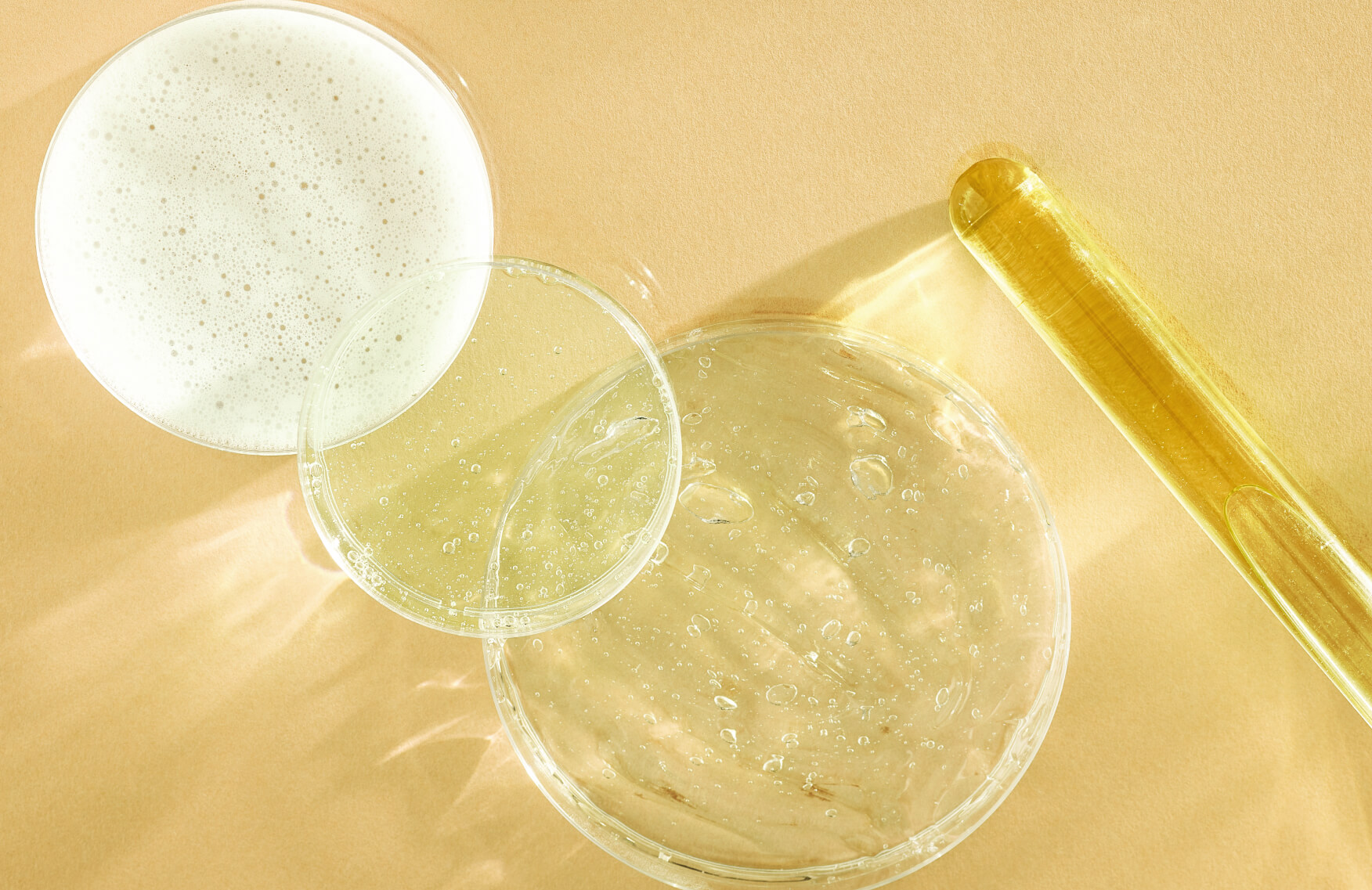
Different types of retinoids and their benefits
“Retinoids,” “retinol” and “retinal” are often used interchangeably—so much so that even the wisest skincare aficionados might feel perplexed. If you’ve ever wondered about retinal vs retinol, you’re not alone. While there are both subtle and meaningful differences between each, one fact remains: the advantages of the famed antioxidant extend from reduced fine lines and wrinkles, photoaging and increased collagen production to improved skin texture, a more even skin tone and a respite from acne. To cut to the chase, if you have skin, there’s a retinoid for you.
Here, we’ll break down the different types of retinoids, how they work and their targeted benefits (including the difference between retinoid and retinol) so you can choose wisely.
1. Retinol
First things first: the term “retinoids” operates as an umbrella term for both organic and manmade (aka synthetic) derivatives of vitamin A. Although retinoids and retinol share the first five letters of their names—and are borne from the same vitamin—retinol is one of a handful of types of retinoids. (The same is applied to the retinoids types listed below.)
How does retinol work?
Retinol is composed of tiny molecules that, once absorbed into the outermost layer of skin (the epidermis) converts into retinaldehyde, then retinoic acid, before penetrating the middle section (the dermis). This is where much of the glowing skin magic takes place:
- While the epidermis functions as a protective barrier against the environment’s threats to your complexion—wind, heat, cold, tobacco smoke, smog, and more—the dermis provides your skin with its durability and elasticity by housing the blood vessels that fuel your skin’s outermost layer with nourishment
- Your dermis also holds your sebaceous glands—which generate the natural oils your skin needs to stay dewy and hydrated—as well as two proteins that are essential for your skin’s plumpness and flexibility: collagen and elastin
- Once absorbed into the dermis, retinoic acid has a dramatic impact on a cellular level. It sparks the activity of fibroblasts—major influencers of the connective tissues that provide your skin with strength and stretchiness—and keratinocytes, which impact your skin’s structure.
Benefits of retinol
Retinol helps keep fibroblasts and keratinocytes functioning optimally by:
- Providing support against oxidative stress—or the stress caused by free radicals
- Offering an exfoliating effect
- Stimulating the production of collagen and elastin
As a result, you may peer in the mirror and see fewer fine lines and wrinkles, as well as enhanced texture and greater radiance. That’s why many consider it one of the best retinol options for at-home use.
2. Retinal
Retinal performs similar actions to retinol, in that it can boost collagen production, improve skin’s overall smoothness and brighten your complexion. The chief difference between the two? Retinal is significantly more powerful than retinol.
Technically known as retinaldehyde, retinal achieved celebrity status among dermatologists, aestheticians and skincare connoisseurs as the closest formula to pure retinoic acid—and the most potent form of retinoids that doesn’t require a prescription.
How does retinal work?
Remember: Retinal is just a shorter name for retinaldehyde. It performs several of the identical functions as retinol, however, because it is retinaldehyde, it doesn’t have to go through the initial process of conversion that retinol must before it’s turned into retinoic acid. And with one last step before it becomes effective, retinal has a more immediate effect on skin’s appearance—and that can equate to more dramatic results.
Benefits of retinal
Retinal is primarily used not necessarily to prevent the telltale signs of intrinsic and photoaging—like retinol—but to combat the more advanced markers skin aging, such as:
- Sagging
- Crepey skin
- Entrenched, “static” wrinkles (as opposed to those dynamic smile lines you see when you grin)
- Hyperpigmentation
- Toughened skin texture
3. Tretinoin
When it comes to the different types of retinoids on the market, tretinoin, in many ways, is the most potent and powerful. Discovered by dermatologist Dr. Albert Kligman in the early 1970s, tretinoin is the first retinoid to be awarded FDA approval. Initially prescribed to battle acne vulgaris, users came upon an additional advantage: Tretinoin also had age-defying benefits and left them with a more youthful complexion.
How does tretinoin work?
When it comes to battling blemishes, tretinoin—which typically requires a prescription—has proven to be timeless. It works by:
- Curbing the inflammatory mediators that provoke pimples
- Decongesting pores to free skin from a build-up of dirt and bacteria
- Influencing sebaceous glands to potentially protect skin from producing excess oil
Tretinoin is noted for its “procollagen” activity. This means it may urge your skin to produce more of the protein to enrich its overall vitality and suppleness.
Benefits of tretinoin
In addition to possibly offering relief from pesky acne and blemishes, tretinoin is noted for its “procollagen” activity. This means it may urge your skin to produce more of the protein to:
- Enrich skin’s overall vitality and suppleness
- Mute the appearance of fine lines and wrinkles
- Brighten skin to give you a more glowing complexion
- Smooth skin that’s been roughened by sun exposure
4. Adapalene (Differin)
As one of the oldest and most frequently used retinoid types for acne, adapalene is the only OTC acne treatment in the retinoid family.
Noted for its capacity to accelerate skin regeneration (or skin cell turnover), adapalene has been in circulation for more than thirty years, in part because it simultaneously treats acne scars and, like other types of retinoids, triggers collagen production that perks up skin.
How does adapalene work?
Similar to tretinoin, adapalene works by:
- Speeding up the rate at which you slough off dead skin cells to show off the healthier, fresher skin underneath
- Eliminating an accumulation of oil, bacteria and other culprits that may lead to acne breakouts
- Reducing skin inflammation
Adapalene may take up to twelve weeks to demonstrate its efficacy. It may also send your skin into a tailspin by encouraging the process of skin purging, during which other compounds—like dirt, oil and dead skin cells—come to the surface of your complexion.
Benefits of adapalene
Adapalene is chiefly used to banish blemishes. But just like other retinoids types, it also has the potential to:
- Dampen the sight of fine lines and wrinkles
- Decrease moisture loss for a vibrant, hydrated complexion
5. Tazarotene
Tazarotene is a first-class treatment for a variety of skin conditions, including:
- Psoriasis
- Acne
- Photoaging
Although less talked about than retinol and retinal, tazarotene has its own niche in the retinoid family for having the ability to lighten dark spots that contribute to hyperpigmentation and uplift the overall feel and look of skin.
How does tazarotene work?
Like the other retinoids, tazarotene works by:
- Expediting skin renewal and rejuvenation
- Inhibiting the build-up of acne-causing compounds
Further, tazarotene may help moderate inflammation to decrease redness and modulate psoriasis lesions.
Benefits of tazarotene
Tazarotene doesn’t just treat the skin complications listed above. It may also iron out wrinkles and fine lines to give you a more photo-ready complexion.
Addressing myths, facts and functions
Retinoids, regardless of their type, are veiled in some uncertainty and even hesitation, often due to misconceptions and retinol myths.
That said, these side effects tend to appear only upon initial use of retinoid products. Additionally, they can be toned down by using retinoids once or twice a week before you gradually work up to daily application (depending, of course, on the product you choose and your dermatologist’s instructions).
Lastly, to debunk one of the biggest myths surrounding retinoid types, they don’t always make your skin susceptible to sunburn. Continued skin science research and developing ingredient technologies has given us the ability to. formulate with a sun-friendly retinol. Nonetheless, dermatologists worldwide agree: If you’re using retinoid products at night, you must apply sunscreen during the day.
Choosing the right retinoid for your skin type
If you’re brand new to the world of retinoids, it may be best to start with its milder, less irritating, over-the-counter forms unless otherwise dictated by your dermatologist. To accentuate your eyes and diminish the more advanced signs of aging, for example, you may want to use a gentle, nourishing product specifically formulated for around the eyes or a treatment that works its magic as you sleep.
The bottom line? Outline your skincare goals, and benefit from the type of retinoids that perfectly align.
References for this information:
Harvard Health Publishing Website, Staying Healthy
Advances in Dermatology and Allergology, 2019, volume 36, issue 4, pages 392-397
Healthline Website, Beauty and Skin Care
Oregon State University Website, Vitamin A and Skin Health
National Human Genome Research Institute, Fibroblast
ATCC, The Global Bioresource Center Website, Keratinocytes
Mayo Clinic Health System Website, Speaking of Health
The Journal of Clinical and Aesthetic Dermatology, 2023, volume 16, issue 1
NIH Website, StatPearls
Pennsylvania Center for the Book Website, Avoiding Aging with Retin A
Practical Dermatology Website, The Role of Inflammation in Acne Vulgaris
Mayo Clinic Website, Tretinoin
Mayo Clinic Website, Tazarotene
Drugs Website, Tazarotene
Cleveland Clinic Website, Health and Drugs, Tazarotene
